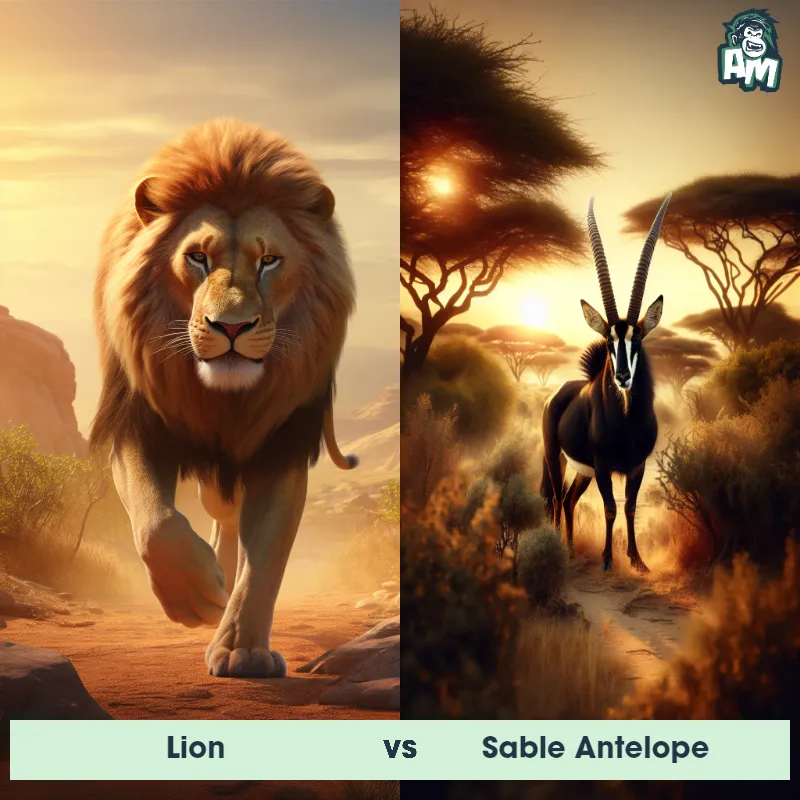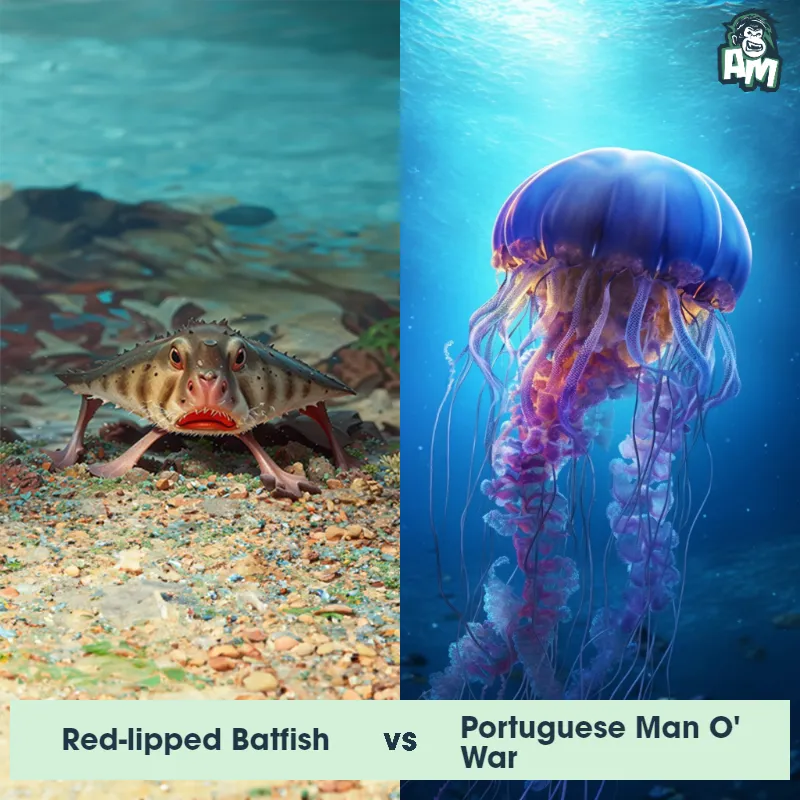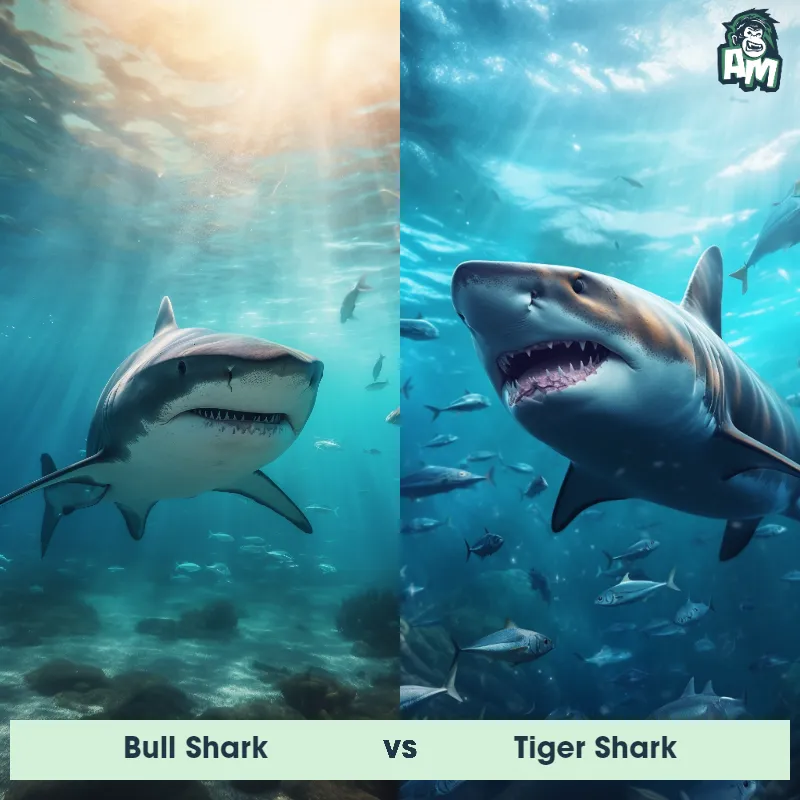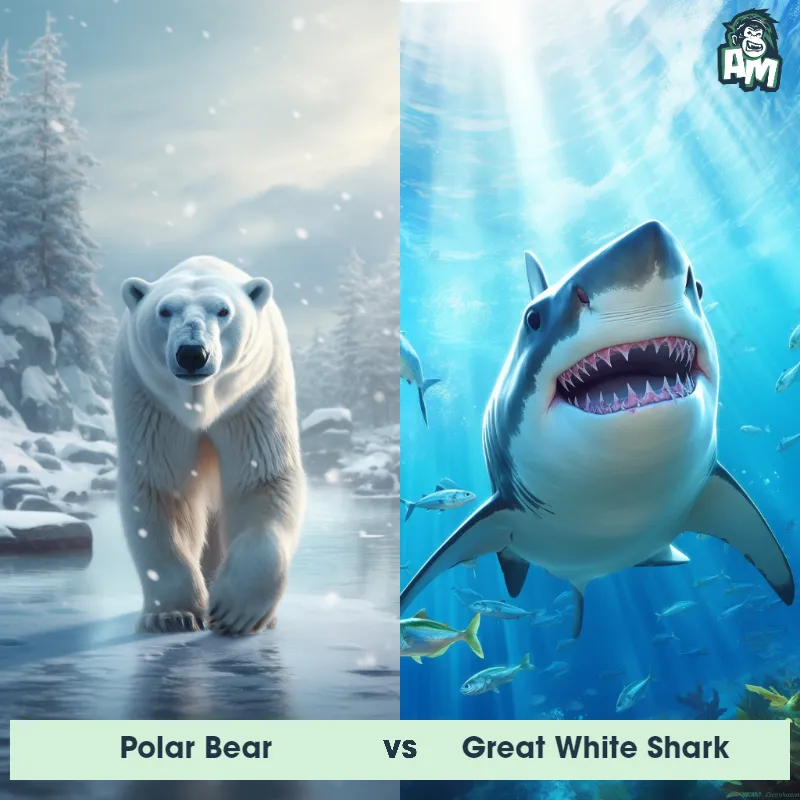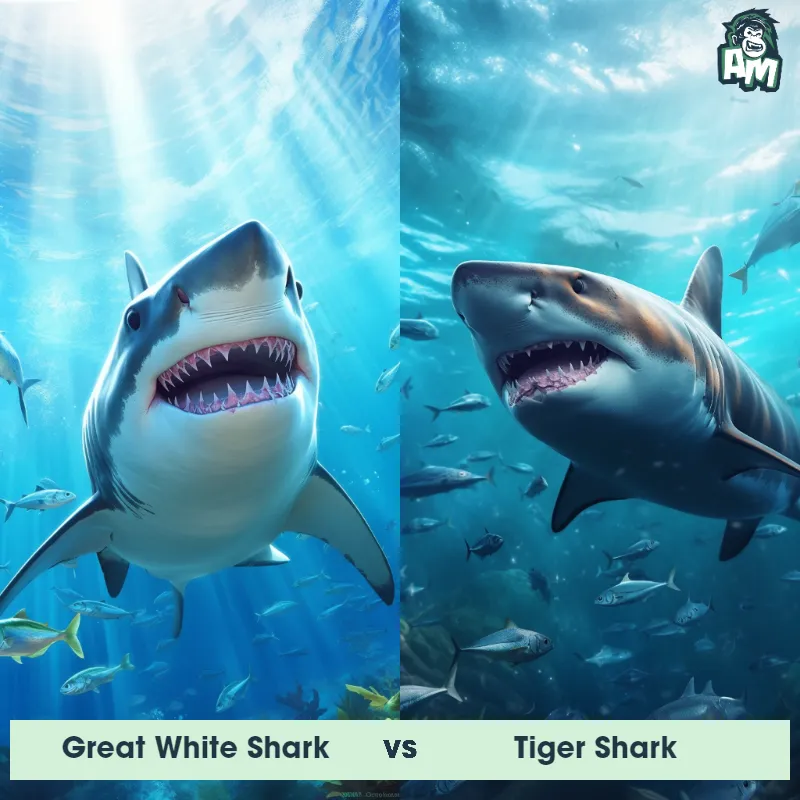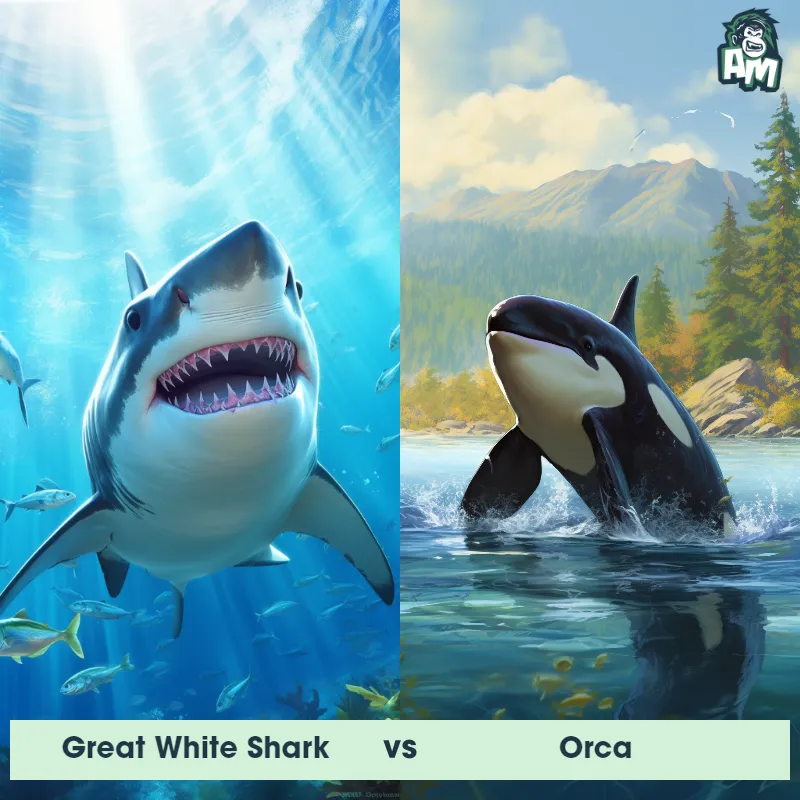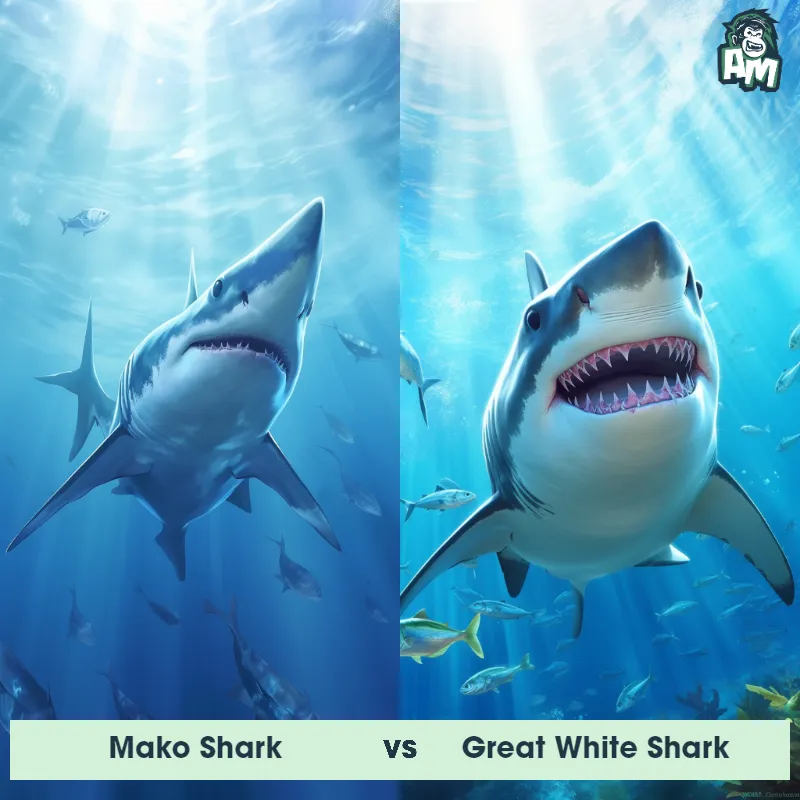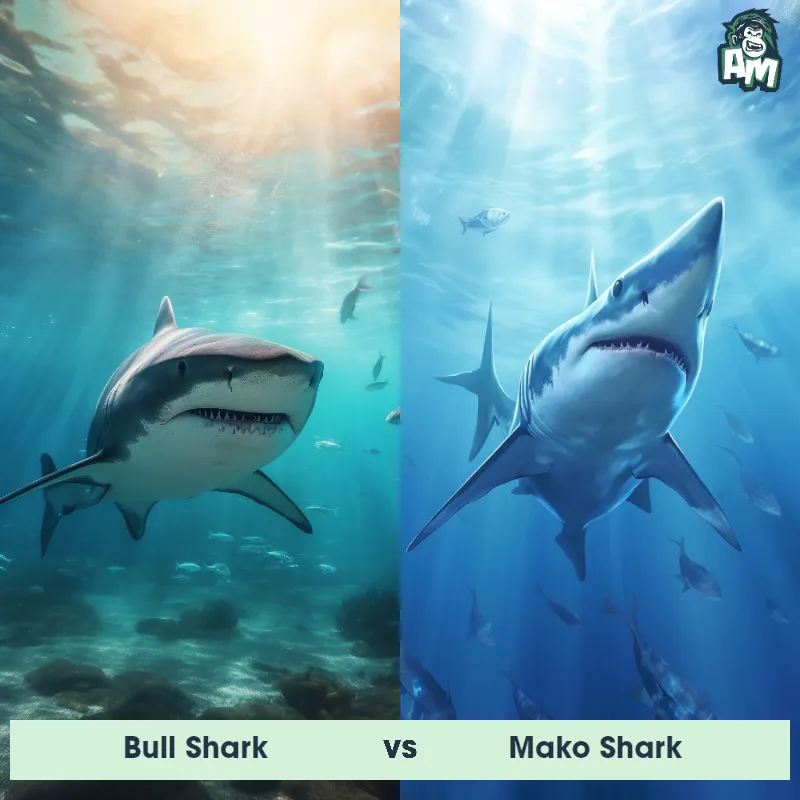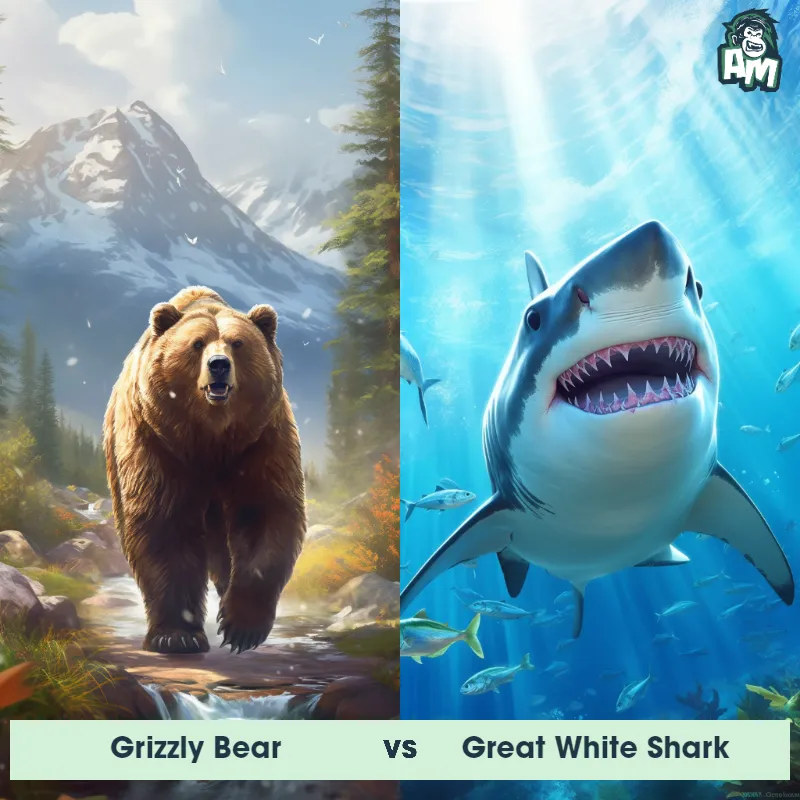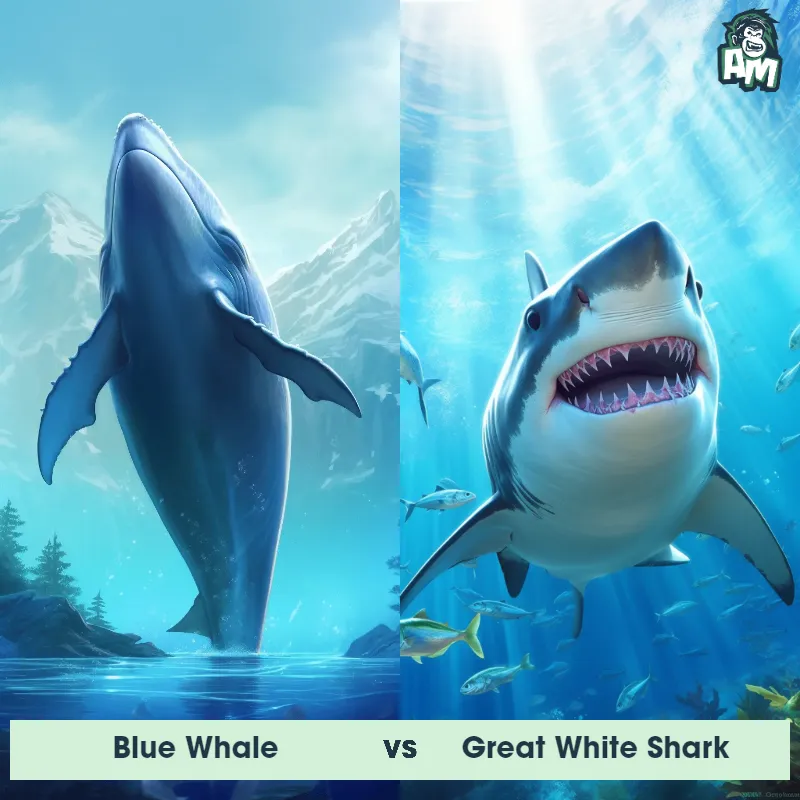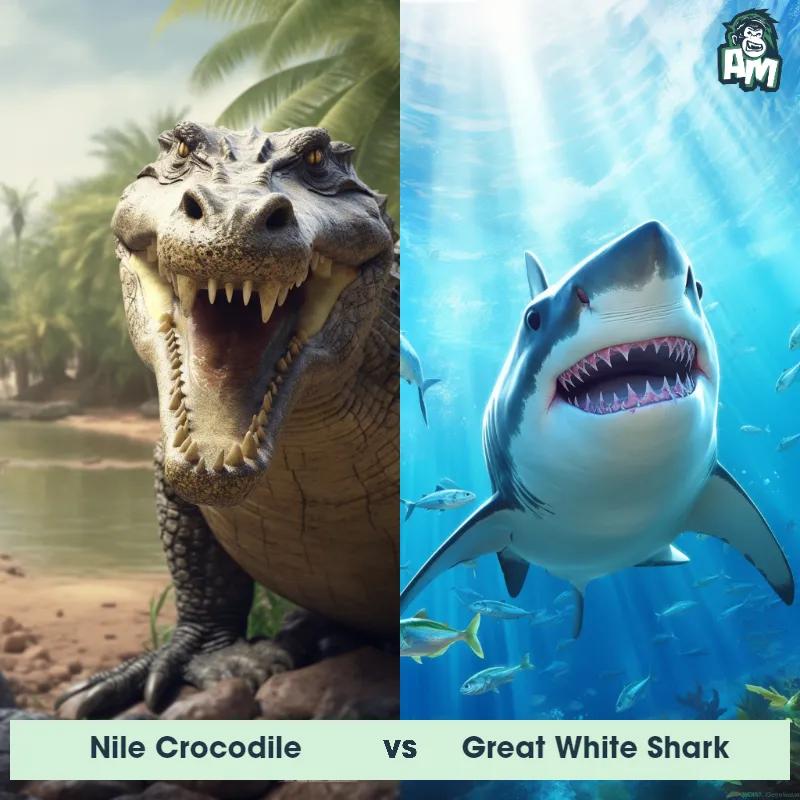Bull Shark vs Great White SharkSee Who Wins
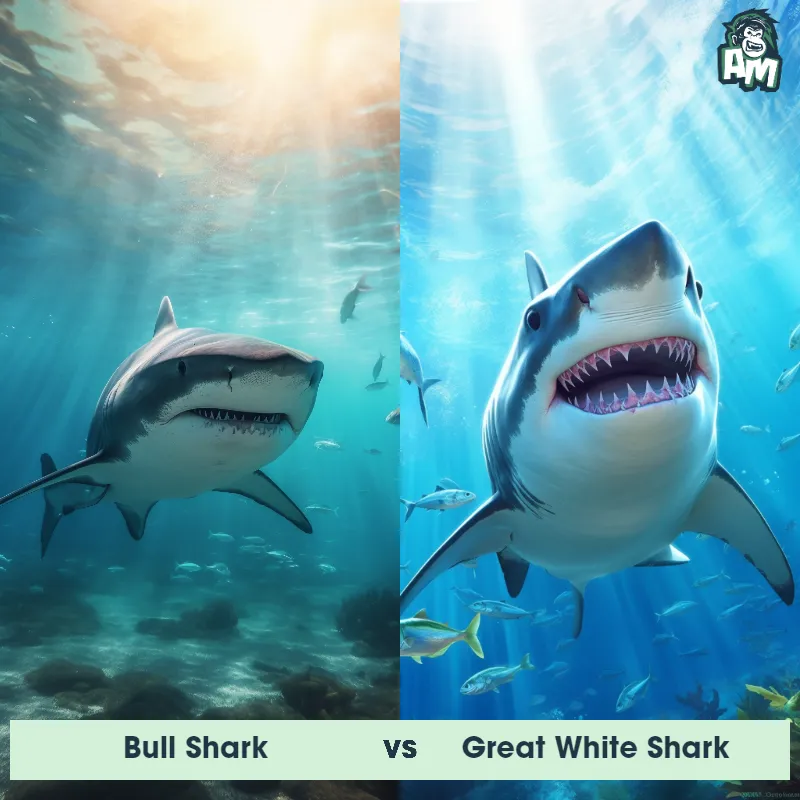
Ladies and gentlemen, prepare for an exhilarating underwater battle as two fearsome predators of the deep, the Bull Shark and the Great White Shark, face off in a three-round contest for supremacy. Without further ado, let's dive into the action!
Contender 1: Bull Shark
The Bull Shark, also known as the Zambezi Shark, is a large predatory fish found in warm coastal waters and freshwater rivers around the world. They are known for their aggressive behavior and ability to tolerate freshwater, allowing them to swim far up rivers. Bull Sharks have a stocky build, with a grey or brownish coloration and a short, broad snout filled with sharp teeth. They can grow up to 11 feet long and weigh over 500 pounds.
Fun Fact: Bull Sharks are known for their ability to swim in freshwater rivers, and have been found as far up the Mississippi River as Illinois.
Contender 2: Great White Shark
The Great White Shark, also known as the white pointer or white death, is a large predatory fish that can grow up to 20 feet in length and weigh over 5,000 pounds. They have a distinctive torpedo-shaped body, grayish-brown skin, and rows of sharp teeth that can number up to 300. Great White Sharks are found in coastal waters all over the world and are known for their powerful jaws and ability to breach the surface of the water.
Fun Fact: Great White Sharks have a unique sense of smell that allows them to detect a single drop of blood in 25 gallons of water, which is equivalent to the size of an Olympic swimming pool.
Matchup Stats
| Bull Shark | Great White Shark | |
|---|---|---|
| Size | Up to 11 feet (3.4 meters) | Up to 20 feet (6.1 meters) |
| Weight | Over 500 pounds (227 kilograms) | Over 5,000 pounds (2,268 kilograms) |
| Speed | Speed: 25 mph (40 km/hr) | Speed: 25 mph (40 km/hr) |
| Key Strength | Powerful bite force and aggressive behavior | Powerful jaws and sharp teeth |
| Biggest Weakness | Vulnerable to attacks on the gills and eyes | Vulnerable gills and eyes |
Current Votes
Bull Shark vs Great White Shark
See Who Wins
View More Matches
Looking For More?
Similar Matches
Scientific Stats
| Bull Shark | Great White Shark | |
|---|---|---|
| Scientific Name | Carcharhinus leucas | Carcharodon carcharias |
| Family | Carcharhinidae | Lamnidae |
| Habitat | Warm coastal waters and freshwater rivers | Coastal waters |
| Geography | Found worldwide in tropical and subtropical regions | Worldwide |
| Diet | Carnivorous, feeding on fish, dolphins, turtles, and other sharks | Carnivorous, primarily seals and sea lions |
| Lifespan | 12 years - 16 years | 70 years - 100 years |
Key Differences between Bull Shark and Great White Shark
- Teeth: Great White Sharks have larger, triangular teeth with serrated edges, while Bull Sharks have smaller, more curved teeth.
- Coloration: Great White Sharks have a grayish-white coloration on their dorsal side, while Bull Sharks have a grayish-brown coloration.
- Habitat: Bull Sharks are more commonly found in freshwater rivers and estuaries, while Great White Sharks are typically found in open ocean waters.
- Snout shape: Bull Sharks have a shorter, broader snout compared to the pointed snout of Great White Sharks.
- Size: Great White Sharks are larger than Bull Sharks, with an average length of 15-20 feet compared to Bull Sharks' average length of 7-11 feet.







